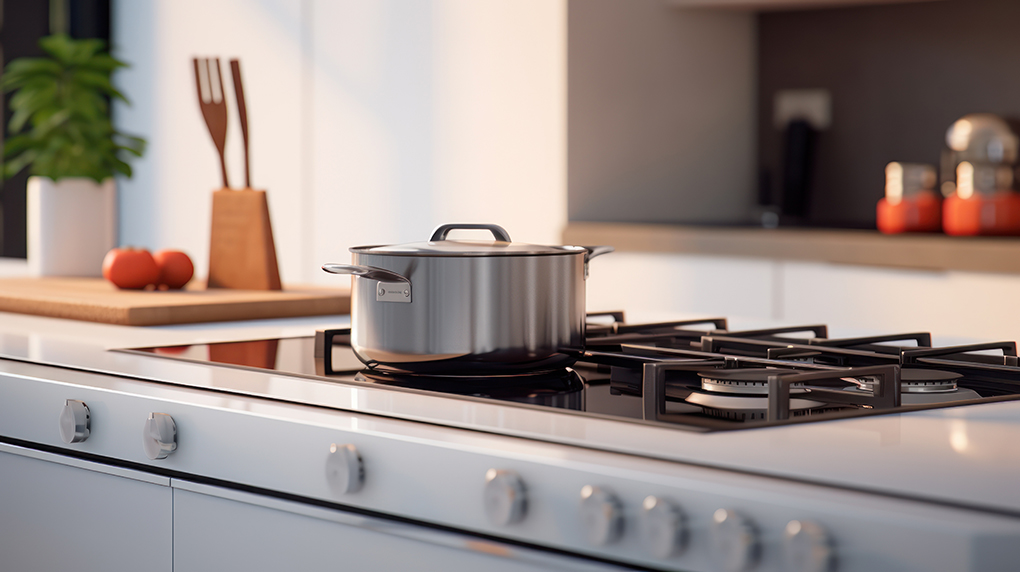The Ultimate Guide to Choosing the Perfect Stove for Your Home

When it comes to creating a warm and inviting home, the stove plays a pivotal role. Whether you’re an avid chef looking to elevate your culinary skills or simply someone who enjoys the comforting glow of a fire, choosing the right stove can significantly impact both the functionality and aesthetics of your space. In this guide, we’ll explore the different types of stoves available, their benefits, and how to select the one that best suits your needs.
1. Types of Stoves
Stoves come in various styles and fuel types, each offering unique advantages. Understanding these options is the first step in finding the perfect stove for your home.
a. Wood-Burning Stoves
Wood-burning stoves are the classic choice for those who appreciate the traditional charm of a crackling fire. They’re not only effective at heating a room but also create a cozy atmosphere that’s hard to replicate. Modern wood stoves are designed with efficiency in mind, producing more heat with less wood and minimal emissions. However, they do require a steady supply of firewood and regular cleaning of ash.
b. Gas Stoves
Gas stoves offer the convenience of instant heat with the flick of a switch. They’re highly efficient, easy to control, and require little maintenance compared to wood-burning stoves. Gas stoves can be connected to a natural gas line or use propane, making them versatile options for both urban and rural homes. They also provide a consistent and adjustable flame, making them ideal for both heating and cooking.
c. Electric Stoves
Electric stoves are a popular choice for those seeking simplicity and safety. They are easy to install, require no venting, and offer a range of temperature controls, making them ideal for precise cooking. However, they may not provide the same ambiance as a wood or gas stove, and their heating efficiency can vary depending on the model.
d. Pellet Stoves
Pellet stoves are an eco-friendly option that burns compressed wood or biomass pellets. They are highly efficient, producing minimal ash and emissions. Pellet stoves require electricity to operate the feeder and fans, so they are not ideal for off-grid homes, but they offer the convenience of automated fuel feeding and consistent heat output.
2. Key Considerations When Choosing a Stove
When selecting a stove for your home, it’s important to consider factors such as fuel availability, room size, and your heating needs.
a. Room Size and Heating Capacity
The size of the room where the stove will be installed is crucial in determining the appropriate heating capacity. Stoves are rated by their BTU (British Thermal Unit) output, which indicates how much heat they can produce. A stove with too high a BTU rating can overheat a small room, while one with too low a rating may not adequately heat a larger space.
b. Venting and Installation
Proper venting is essential for the safe operation of wood and gas stoves. Wood stoves require a chimney or flue to exhaust smoke and gases, while gas stoves need venting to expel combustion byproducts. Electric stoves, on the other hand, require no venting, making them easier to install in any room. It’s important to consult with a professional to ensure that your stove is installed safely and according to local building codes.
c. Aesthetic and Design
Stoves are not just functional; they can also be a focal point in your home’s design. Whether you prefer the rustic charm of a cast iron wood stove or the sleek look of a modern gas stove, there are countless styles to choose from. Consider how the stove will fit into your existing decor and whether it complements the overall design of your space.
3. Environmental Impact and Efficiency
The environmental impact of your stove is an important consideration, especially if you’re looking to reduce your carbon footprint. Modern stoves are designed to be more efficient and produce fewer emissions than older models. Wood-burning and pellet stoves, for example, are subject to EPA regulations that limit the amount of particulate matter they can emit. Choosing a high-efficiency stove not only benefits the environment but can also reduce your fuel costs over time.
4. Conclusion
Selecting the right stove for your home involves balancing your heating needs, aesthetic preferences, and environmental considerations. Whether you opt for the timeless appeal of a wood-burning stove, the convenience of a gas or electric stove, or the eco-friendliness of a pellet stove, the right choice will provide warmth, comfort, and enjoyment for years to come.
Investing in a quality stove is more than just a purchase; it’s a decision that will influence the heart of your home. Take the time to explore your options, consult with experts, and consider how each type of stove aligns with your lifestyle. In the end, the perfect stove is one that not only heats your home but also brings joy and satisfaction every time you use it.

